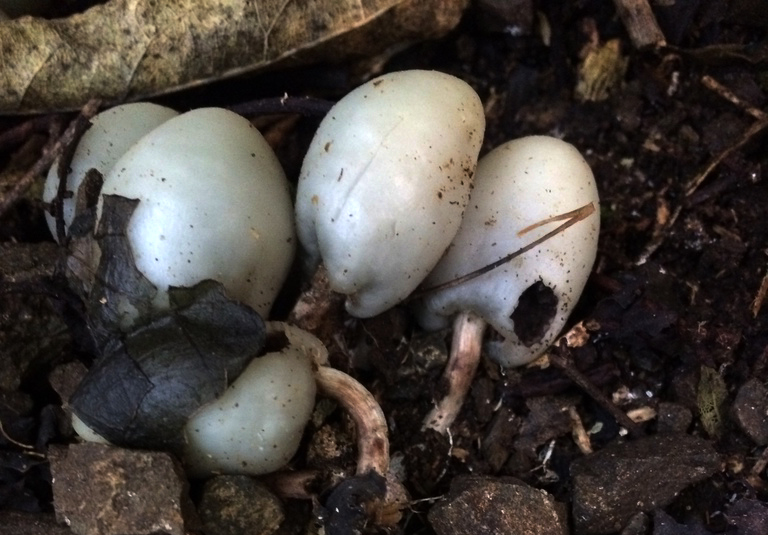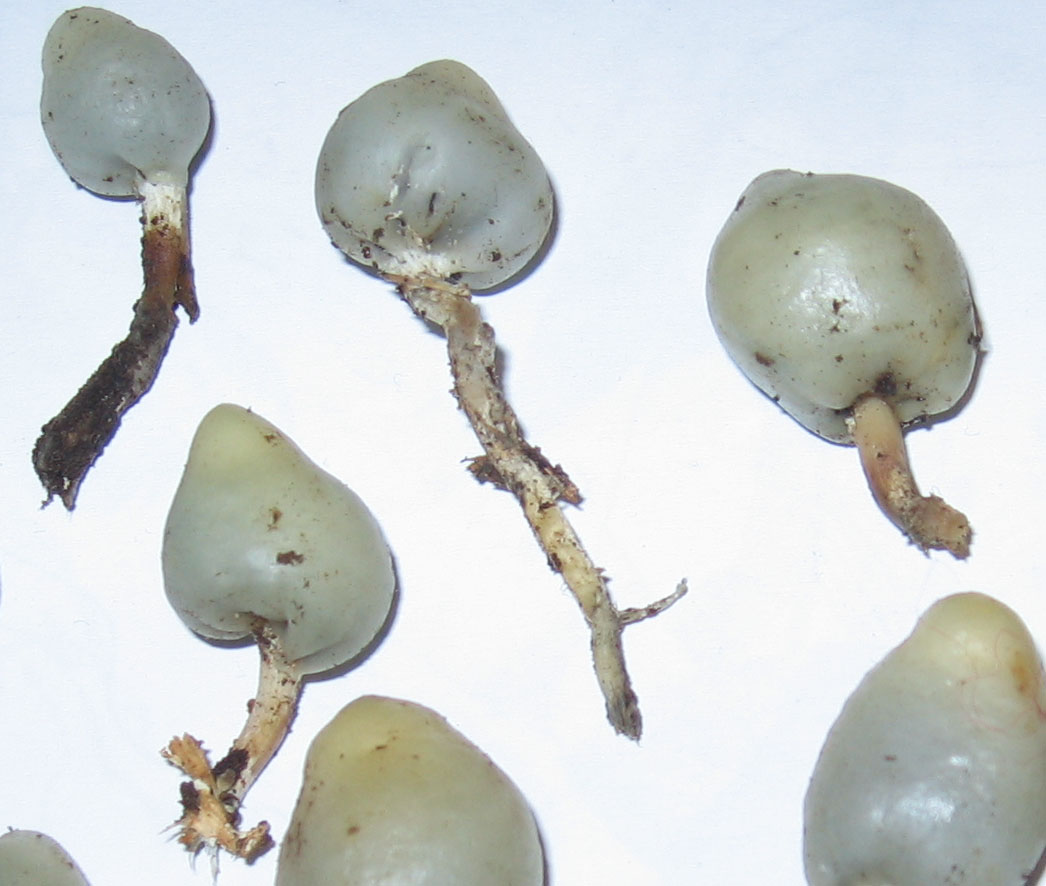The Tairāwhiti hapū exploring indigenous psilocybin to treat methamphetamine addiction

A hāpori (community) from Rangiwaho marae in Tairāwhiti Gisborne is embarking on a ground-breaking study that will explore using the indigenous Psilocybe weraroa fungus as a potential treatment for members of their community dealing with methamphetamine addiction.
Developed and led by the local community – the project is unique in multiple ways. It is based in Te Ao Māori and unlike other clinical studies that only use a single extract or synthetically produced psychedelic component, psilocybin, this study plans to use the whole mushroom.
By focusing on the whole mushroom and drawing upon traditional Māori knowledge, the project aims to address the pressing issue of methamphetamine addiction within the local community. For thousands of years, Indigenous Peoples in other parts of the world have employed psychedelics like psilocybin mushrooms, peyote, and ayahuasca in religious ceremonies, celebrations, and healing rituals. Similarly, the Rangiwaho marae community aims to use weraroa medicinally to help those struggling with meth addiction.
One of those involved in the project is Dr Mitchell Head (Tainui; Ngāti Mahuta, Ngāti Naho), a neuroscientist based at Waikato University, who works at the interface of Mātauranga Māori and biomedical science. Dr Head’s research background traverses addiction, neuroscience and pharmacology. He says he is fascinated by psychedelics because of how they modulate consciousness.
“Part of addiction is that the brain has become trained to take the pathways that it’s taking – it’s a low-energy state for the brain to keep taking those pathways.”
A large body of international research has repeatedly shown that psilocybin can be effective in helping people deal with treatment resistant depression.
“From a neuroscience perspective, depression and addiction can be somewhat similar in that the brain has taken well-trodden paths," Dr Head says.
While the mushrooms aren’t "magic pills that will stop addiction," he says they can serve as a catalyst, providing "a unique opportunity to reshape the brain." Dr Head emphasises the community's interest in the whole mushroom, noting, "an integral part of this Te Ao Māori approach is to use this native species – marae whānau are guardians and have a relationship with this species."
"An integral part of this Te Ao Māori approach is to use this native species – marae whānau are guardians and have a relationship with this species."
The psilocybin mushroom species weraroa is considered taonga (precious) to the whānau, as it grows near their marae. The research team on the project have consulted with tohunga (spiritual experts) and mana whenua experts, who confirm other iwi have traditionally used the mushrooms similarly.
Dr Head says the project came about during a hui with members of Rangiwaho, when the team mentioned weraroa and its unexplored potential. With the support of scientists from Manaaki Whenua Landcare Research, the group ventured into the bush to search for the mushroom.
“We spent all day looking for it… it was getting dark, we were like ‘we’re not going to find it.’ So, we got together, did a karakia, and we turned around and there was one Psilocybe weraroa, right in the middle of the clearing with light shining down onto it. We were like, ‘no way!’ We picked it up, and after the appropriate karakia and handling it in the appropriate ways, we brought the sample back to the marae.”

Psilocybe weraroa. CC-BY-3.0 Haunted - Mushroom Observer on Wikimedia
Dr Head posits that weraroa might contain other alkaloids in addition to psilocybin, which could influence its effects. From a Te Ao Māori perspective, this could be seen as the wairua, or spirit, of the species, an essential component for the community to include in the project.
Although the project hasn't yet received funding, the Health Research Council of New Zealand has expressed interest, particularly due to its community-led and kaupapa Māori nature. The Council has requested consistent dosing, which is crucial from a pharmacological perspective.
To achieve this, the team plans to grow genetically identical mushrooms from spores and create a homogenized powder to ensure consistent psilocybin content. The initial trial will involve 10 to 15 healthy volunteers and will be used to optimise the process and incorporate feedback.
The project faces challenges in gaining approval from official agencies, as the team wants to use the natural whole mushroom rather than synthetic psilocybin. They've opted to follow the scientific pathway of validating consistent dosing to avoid public or governmental backlash, while also acknowledging the possibility of pursuing the argument that the mushrooms are a taonga to Māori and therefore protected from Crown control under Article Two of Te Tīriti o Waitangi.
The team has received backing from ESR, a Crown Research institute, which plans to conduct preliminary chemical analysis to validate the consistency of active compounds in multiple batches of mushrooms. Though progress has been slow due to a lack of funding, support from ESR, Manaaki Whenua, local businesses and the universities involved, has helped establish a more concrete timeline for the project's progression.
As the team works to refine the methodology and secure funding, they remain committed to healing their community through a Te Ao Māori framework and harnessing the power of indigenous psilocybin.
We’ll bring you more details on this project as it develops.
Recent news

Reflections from the 2024 UN Commission on Narcotic Drugs
Executive Director Sarah Helm reflects on this year's global drug conference
What can we learn from Australia’s free naloxone scheme?
As harm reduction advocates in Aotearoa push for better naloxone access, we look for lessons across the ditch.

A new approach to reporting on drug data
We've launched a new tool to help you find the latest drug data and changed how we report throughout the year.

